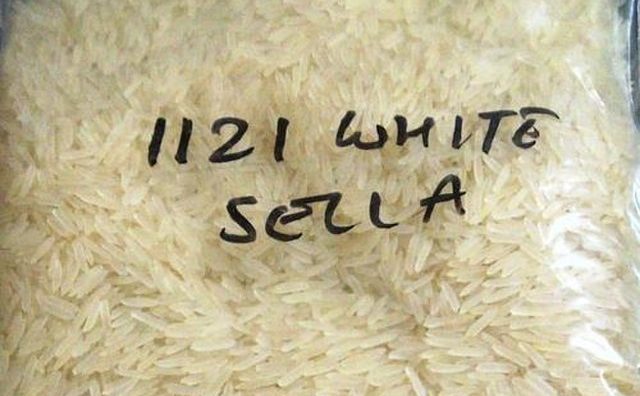First published September 27, 2024. India’s expulsion of the minimum export price (MEP) mandate on basmati rice will benefit importers in mainly West Asia, Europe and North America.
In September 2024, the global rice exporter ended the $950 per tonne MEP after the 2024 monsoon improved production.
Increasing world demand has been telling on the country’s export figures for sometime. Even during the price control period, yearly exports grew by 20% from April through July 2024 to 1.7 million tonnes.
West Asia, Europe & South Africa are Big Importers
West Asia, for one, one of the big consumer markets of the long grain rice variety could benefit greatly. Iraq alone imported 702,000 tonnes of the variety from India in the fiscal year of April 2023 through February 2024.
Despite imposing stringent origin requirements, Europe in its part still shipped in 217,000 tonnes of husked rice from India in 2021. Beside this was a 139,000-tonne total shipment of milled rice the same year.
South Africa, on the other hand, will benefit from the scrapping of the MEP as India is its second biggest rice source. In the half decade ending 2024, the country consistently sourced 21% of its non-local rice from India.
India Expects Bumper Harvest
Though India is not a big basmati consumer, it sometimes curtails exports when supply in common varieties ebb. The 2024-25 season will be an exception as a strong monsoon has favored yields despite a temporary lull.
There are expectations that the basmati rice harvest on the subcontinent will increase by up to 12%, y-o-y.
Forecasts show that production could reach at least 135.5 million tonnes for all rice varieties in the 2024-25 market year. This will be an increment from the 135 million tonnes of the 2023-24 period.
The upcoming kharif (November) harvest usually supplies 70% of India’s total rice reserve.
Exports could therefore exceed 2023’s 5.2 million tonnes, if the UK, Canada and the Middle East reprise their usual ample purchases.
So, as India makes headway with improving basmati production amid the easing of export prices, major import hubs stand to benefit. And as the following statistics reveal, basmati makes up a high margin of the subcontinental rice exports.
India Basmati Rice Statistics
Basmati is a fragrant long grain rice variety that comes mainly from India. The south Asia nation is a world leader in the production of the variety and represents 70% of the worldwide output. According to the government, India also leads basmati exports at 4.45 million tonnes, as of the 2022-23 year.
How has basmati rice exports compared to non-basmati between 2020 and 2022?
According to the Ministry of Commerce and Industry, basmati rice exports generated $4.018 billion in the 2020-21 period. This figure was almost equal to that of the other varieties combined, at $4.796 billion. Of the total 12 million tonnes of rice that India exported in the 2018-19 financial year, 4.41 million tonnes was basmati. The quantity further increased to 4.45 million tonnes in the 2019-20 period while all rice exports decreased to 9.49 million tonnes. In the 2021-22 period, however, basmati shipments fell sharply from 4.63 million tonnes to a mere 2.16 million tonnes.
Which world regions control the import share of India’s basmati?
80% of basmati exports by India end up in Europe and the Middle East. Notable nations in these two regions include the UK, France and Germany, as well as Iran, Saudi Arabia and Iraq.
Do people in India consume basmati rice?
Basmati rice is popular in northern and central India. However, in all of India, it lags behind white rice, which represents 76% of the national rice consumption total.
